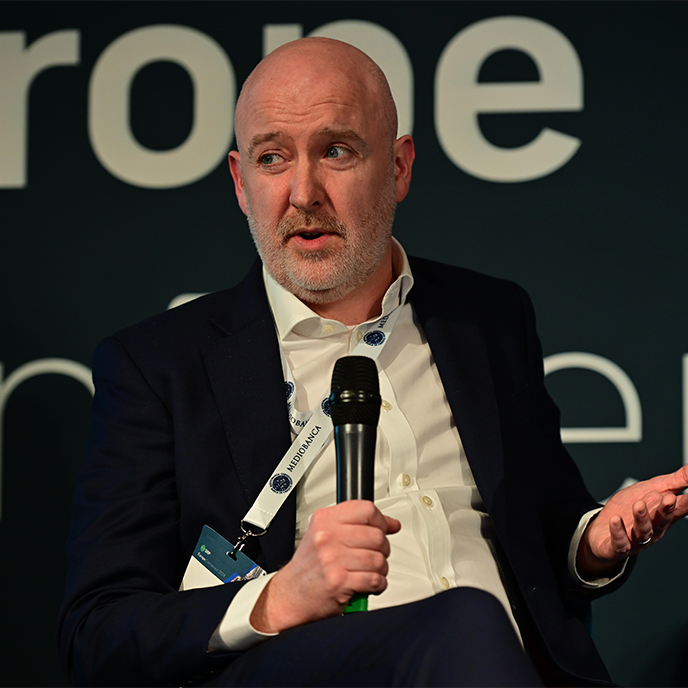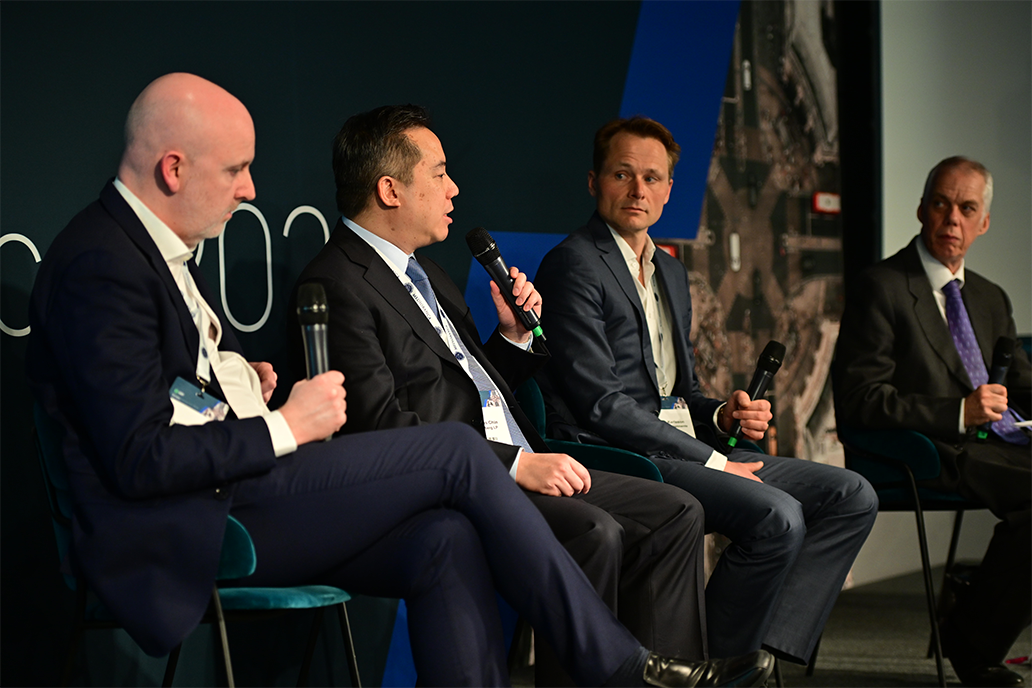Market makers, advisors and service providers discussed risk management approaches and hedging strategies at the SRP Europe Conference 2024 in London on Tuesday (19 March).
The panel kicked off with a caveat from Tom Karlsson, partner and portfolio manager at Patron Investments: “Equity has rallied a lot. It’s probably sensible to be a bit careful without taking too much risk going into the buying market now.”
“For a digital option, whether you’re long or short, the gamma exposure is quite low and relatively benign. It’s more of a volatility skew, rather than Vega risk - Thomas Chin, Bloomberg
In Europe, central banks seem to be under pressure to lower interest rates, but at the same time inflation remains “very much a question mark”, said Karlsson, who expects a low volatility environment over the next few months.
Patron Investments manages a Luxembourg-based global equity investment fund which uses index options to enhance the risk profile compared to simple long stocks strategies.
“The long-term options tend to be priced relatively cheaper. So, it’s a good opportunity for us to go long the market with call options, which are relatively mispriced,” said Karlsson.
Thomas Chin, global head of structured products at Bloomberg, also noted the inflation outlook in Europe on top of a broad consensus on rate cuts in the US.
Autocallable products are the most popular in the public market Chin currently focuses on where the two main aspects are the barriers of digital risk and the cost of dynamic hedge rebalancing, according to the former Deutche Bank trader.
“Whether the underlying goes up or down, there’s going to be a constant rebalancing that's required by the issuer. Essentially, the trading desk needs to rebalance that Vega risk,” said Chin.
Vega measures the risk of changes in implied volatility or the forward-looking expected volatility of the underlying asset price.
Chin added that the cost of rebalancing is reduced in a lower volatility environment.
For digital risk, Chin pointed out two key factors - strike level and time to maturity. “For a digital option, whether you’re long or short, the gamma exposure is quite low and relatively benign. It’s more of a volatility skew, rather than Vega risk,” he said.
Some asset managers have started to use upside calls where they would have previously gone one-delta - John Lynch, Susquehanna
Volatility skew describes the observation that not all options on the same underlying and expiration have the same implied volatility assigned to them in the market.
At Susquehanna International Group, John Lynch (pictured), quant researcher, has seen “a lot more directional plays with options” with low volatility and high interest rates.
“Some asset managers have started to use upside calls where they would have previously gone one-delta. And dispersion continues to be a theme on a subset of underlyings given lower realised vols on benchmarks such as the Eurostoxx 50,” said Lynch.
It's been a difficult entry point for autocallable products as investors aren’t getting the same enhanced yield by shorting put options to issuers.
The expected Fed rate cut will bring more attractive features for autocallable products, such as by putting less pressure on knock-in levels, according to the former Goldman Sachs banker.
“There may be a resurgence in single stock autocalls, even if we don’t see any material change in vol,” said Lynch.
There is likely to be a supply-demand cycle on the upside call point and more demand for lower delta calls, which will elevate volatility skew.
Lynch also noted that the continuing underperformance of the Hang Seng China Enterprises (HSCEI), which is often accompanied by the S&P 500 and Eurostoxx 50 as a basket underlier in South Korean products, remains “a very difficult situation” for the investor and the issuer.
The issuer is buying the hedges back at the worst possible time when vol has gone through the roof and skews are elevated, he concluded.
Do you have a confidential story, tip or comment you’d like to share? Write to info@derivia.com


